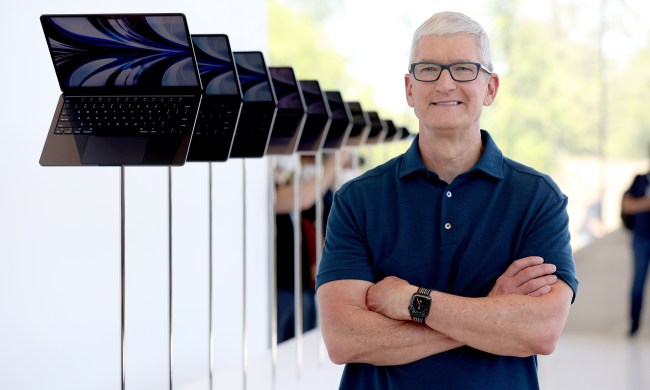
That’s according to Fletcher Previn, IBM’s vice president of Workplace as a Service who was speaking at the JAMF User Conference in Minneapolis this week.
In June, IBM began making Macs available for staff to work on if they wanted to make the move from Windows, and Previn reported that the response has been impressive, both in the uptake and in reduced support requirements.
Only five percent of staff using Macs make calls to the 24-hour help desk, he said, which compares to the 40 percent of Windows users that make similar calls. Currently IBM is deploying 1,900 Macs a week, and there are around 130,000 Mac and iOS devices used by employees at present.
Just 24 help desk staff members are managing these devices, according to the executive, meaning an approximate ratio of one support employee for every 5,375 employees. Previn referenced some figures from Gartner that concluded that the optimal ratio of support staff to employees is 1:70 though the average is 1:242. Compare that to IBM’s approximate ratio of 1:5,400, at least for its Mac users.
This has significantly reduced costs for the company. “Every Mac that we buy is making and saving IBM money,” said Previn. “We just need a lot fewer people to support these machines.”


